Ultra-short optical pulses with high instantaneous power have broad applications in ultrafast optoelectronics, ultrafast spectroscopy, high-resolution fast-imaging microscopy, and material processing. Usually, ultra-short optical emission with a pulse duration in the nanosecond (ns) to femtosecond range is obtained from lasers, which are quite expensive. If ultrashort optical pulse output can be achieved in LEDs, costs could be significantly reduced, making these technologies more accessible.

The research group led by Professor Shuming Chen from the Department of Electronic and Electrical Engineering at the Southern University of Science and Technology (SUSTech) has developed an ultra-fast-response quantum-dot light-emitting diode (QLED), achieving ns-scale, high-energy optical pulse output.
Their work, titled “Nanosecond-pulsed electroluminescence from high current driven quantum-dot light-emitting diodes”, has been published in Science Advances.
The researchers modeled QLEDs with a resistor-capacitor equivalent circuit and analyzed the transient current of the circuit. This approach allowed them to uncover the carrier injection and transport process that fundamentally affects the transient electroluminescence (EL) of QLEDs, which helps to guide the optimization of fast-response QLEDs.
Driven by a high current source, the optimized QLED can output stable and repeatable ultra-short EL with a pulse duration of 20 ns, a repetition rate of 50 kHz, and a high power of 5.4 W cm-2. Enabled by the ns-pulsed EL, the developed QLED can be directly used as an instantaneous excitation source for time-resolved fluorescence spectroscopy. Meanwhile, the QLED can function as an exposure flash for high-speed imaging, enabling the capturing of ultrafast moments that are difficult to achieve with conventional methods. This indicates that QLEDs have potential applications in fields such as laser pumping, ultrafast spectroscopy, time-of-flight measurement, and high-speed imaging.
The resistor-capacitor equivalent circuit model of the QLED, along with its transient current (TRC) analysis, provided a detailed description of the carrier injection and transport processes (Figure 1). When a voltage pulse is applied, electrons are first injected into the quantum dots (QDs), followed by the injection of holes. The transits and recombination of holes in TFB and QDs determine the EL delay time (td) and rise time (tr), thereby affecting the EL response speed.
To improve QLED performance, they identified two key strategies for improving hole mobility and shortening transit time. First, increasing hole mobility in both TFB and QDs or raising the electric field across these layers can accelerate hole transport. Second, reducing the series resistance (Rs) and the resistance of the electron transport layer (ETL) ensures that most of the applied voltage drops across the TFB and QDs, accelerating the drift of the holes.
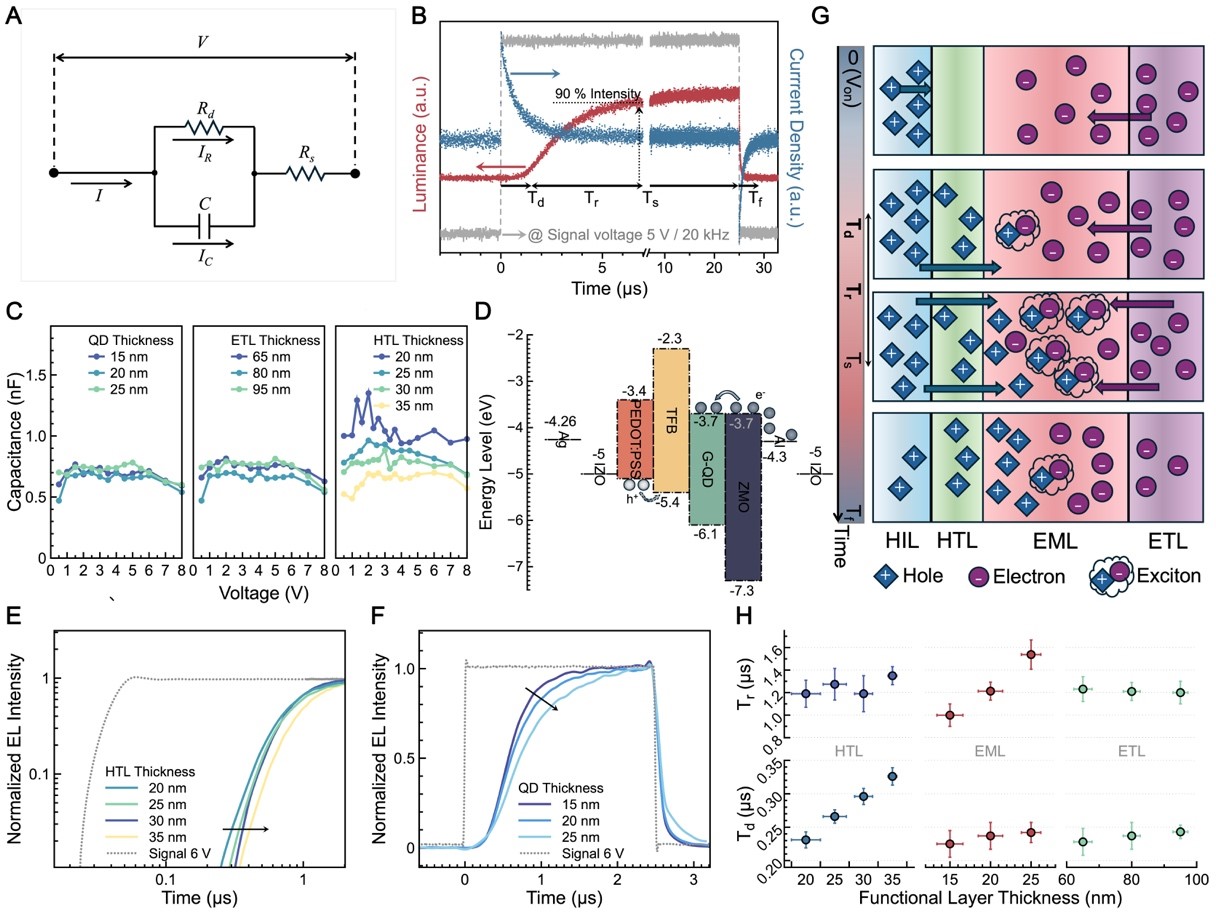
Figure 1. Charge carrier injection, accumulation, transport, and recombination dynamics
Enhancing hole mobility and reducing the resistance of Rs and ETL increase device current, thereby achieving fast-response EL (Figure 2). By reducing the emitting area, the lateral transport resistance is decreased, which significantly enhances the device current. Furthermore, through thermal management, replacing the glass substrate with silicon, which has higher thermal conductivity, can effectively reduce heat accumulation in the device, ultimately enhancing the device’s current.
To minimize Rs, an IZO top electrode was equipped with a peripherally auxiliary Al electrode, leading to a 3.7-fold increase in device current. Finally, through post-annealing treatment, the contact between the metal electrode and the ETL improved, reducing the electron injection barrier. As a result, the current at 8 V increases to 2760 mA/cm², and tr is greatly reduced from 1.5 μs to 300 ns.
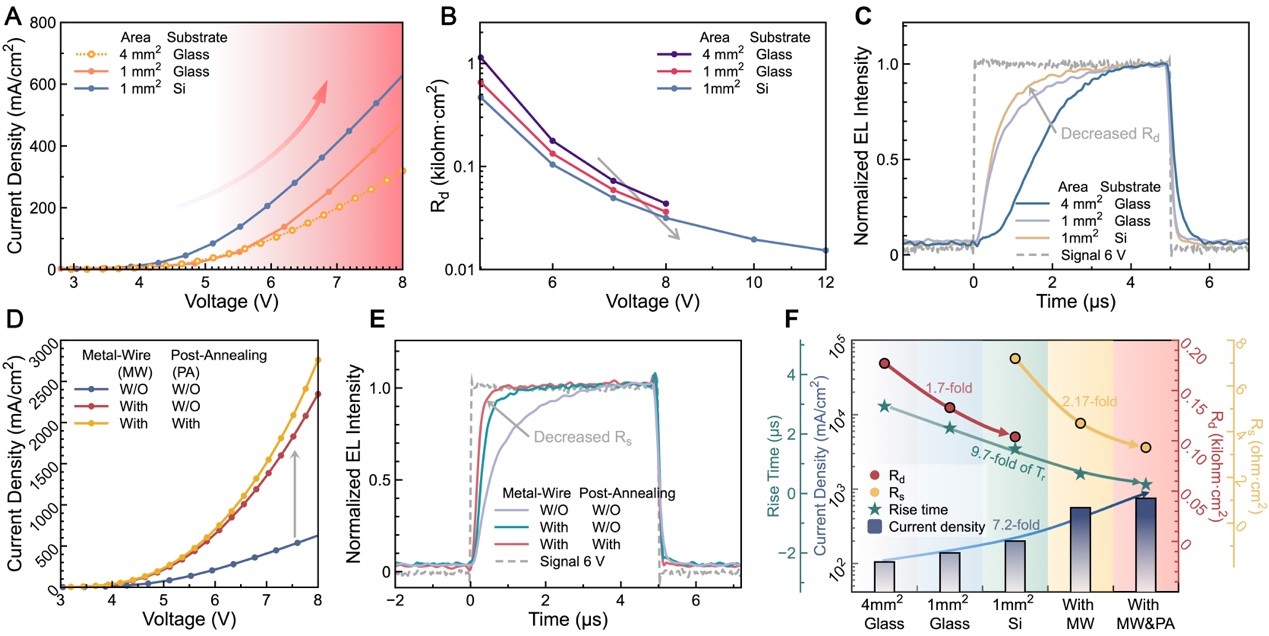
Figure 2. The optimization of fast response QLEDs
The final optimized fast-response QLED features a high-voltage pulse drive (35 V), enabling rapid response with a short tr of 10 ns and a stable EL pulse width of just 20 ns (Figure 3A). The maximum output power reaches 5.4 W/cm², and the device exhibits excellent output stability. After ten days of operation (with 107 light pulses output per day), the EL intensity remained at 80% of its initial value, highlighting its durability.
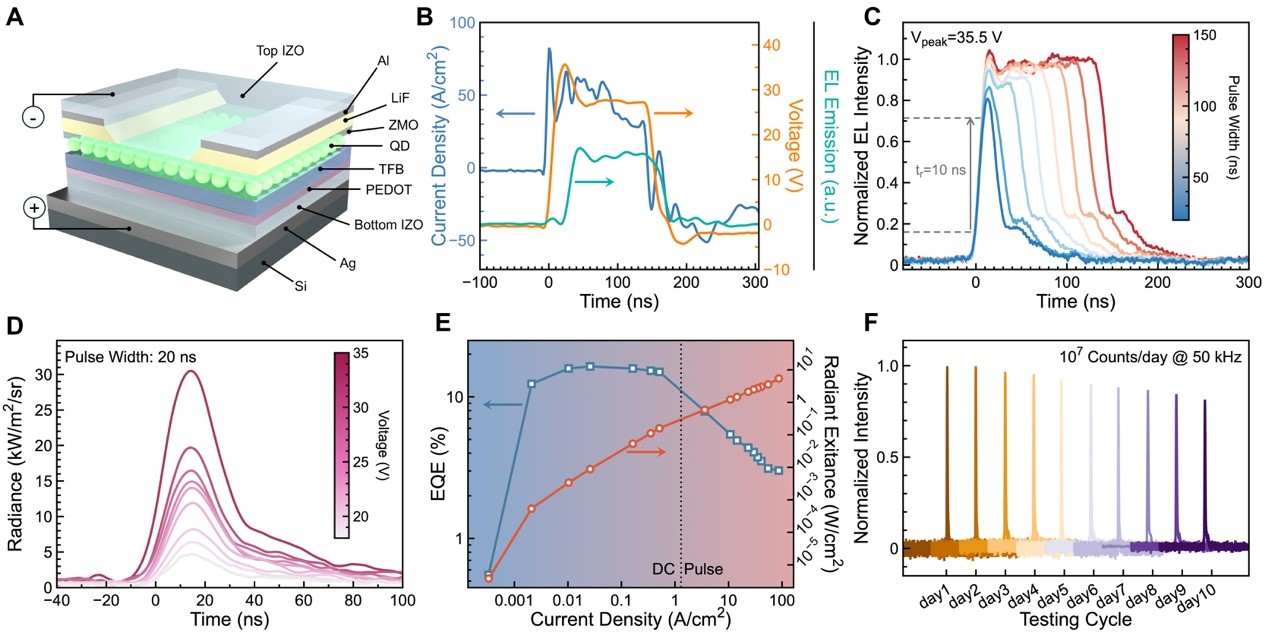
Figure 3. ns-pulsed EL from high current driven QLED
With its 20 ns scale ultrashort light pulse output, the developed QLED serves as an instantaneous excitation source for time-resolved fluorescence spectroscopy. It provides precise fluorescence excitation signal within an ultrashort time frame, making it a viable alternative to expensive lasers for ultrafast spectroscopy research. Comparisons between results obtained from a home-built system using the QLED and those measured by a commercial Edinburgh FS5 spectrofluorometer indicated the system’s accuracy and reliability (Figure 4).
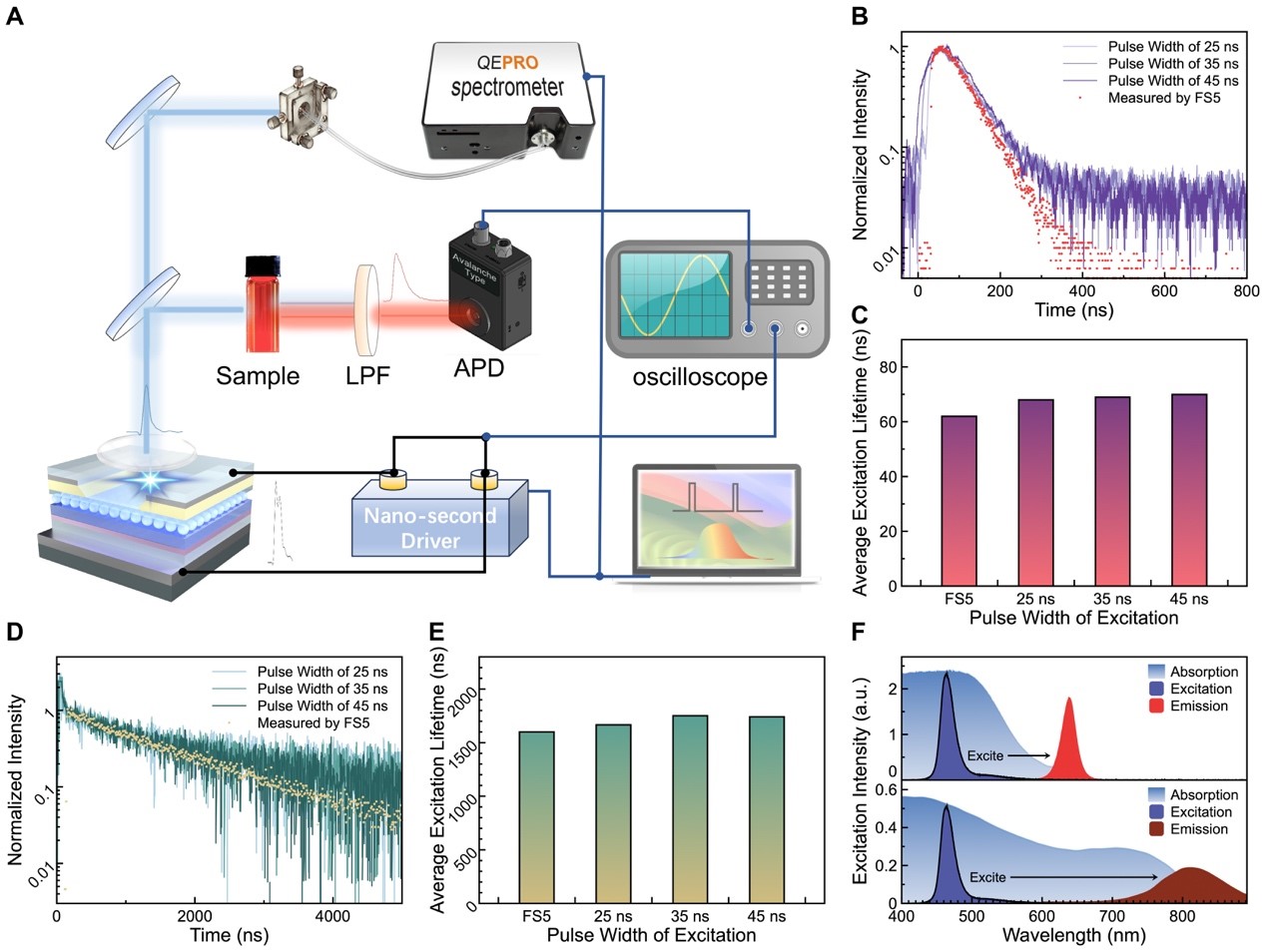
Figure 4. Applications of ns-pulsed QLEDs in time-resolved fluorescence spectroscopy
The developed QLED can output ultrashort light pulses at 20 ns. Therefore, it can serve as a fast-exposure flash for high-speed imaging. High-speed photography is often used to capture images of fast-moving objects such as falling water droplets or high-speed flying objects. Usually, high-speed photography is enabled by using a fast shutter, which can be faster than 1/1000 s, to freeze moments that are imperceptible to the naked eye. However, there is no such fast shutter that can capture the transient processes occurring in the ns period.
With the help of ns-pulsed exposure flash, objects are only exposed during the 20 ns period duration, enabling even a conventional camera to capture ns transient processes. This capability was demonstrated by replacing constant illumination with a 20 ns-pulsed flash, effectively freezing the motion of a fast-falling droplet in an ultra-short timeframe (Figure 5). Compared to traditional flashlights, the QLED offers advantages in its low cost and ultrafast response performance.
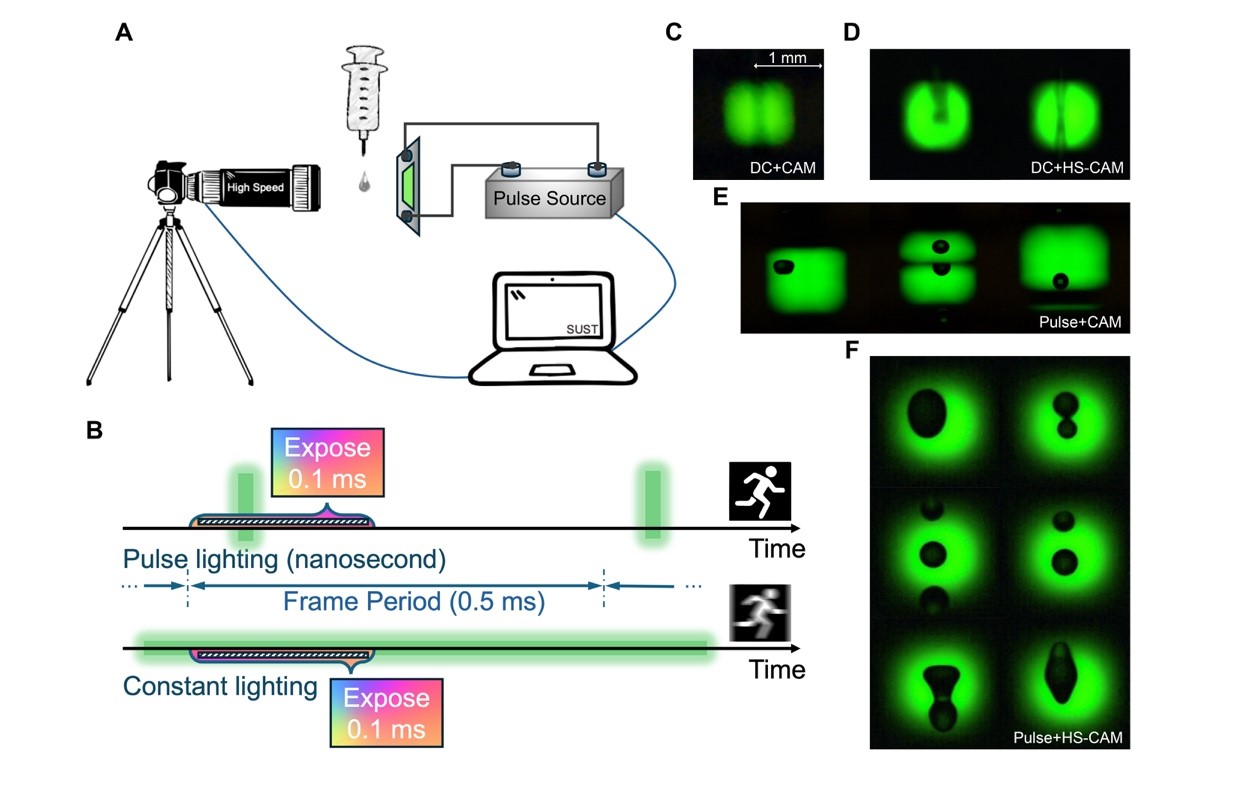
Figure 5. Applications of ns-pulsed QLEDs in high-speed imaging
In summary, the research team reveals the dynamics of the charge injection and transport processes that fundamentally affect the response of QLEDs by analyzing transient response characteristics of the QLED’s resistance-capacitance equivalent circuit. By optimizing the QLED structure, the response speed was enhanced, enabling the QLED to output ultrashort EL pulses with a 20 ns pulse duration and a power of 5.4 W/cm².
Its practical applications as an instantaneous excitation source in ultrafast spectroscopy and high-speed imaging were also demonstrated. The developed solution-processed QLEDs, with ultra-short EL and high instantaneous power, could open up new applications for QLEDs in laser pumping, photodynamic therapy, ultrafast spectroscopy, time-of-flight measurement, and high-speed imaging.
Ph.D. students Tianhong Zhou and Fengshou Tian from SUSTech are the first and second authors of the paper, respectively. The corresponding author is Shuming Chen, with SUSTech serving as the first affiliated institution
Paper link: https://www.science.org/doi/10.1126/sciadv.ads1388
To read all stories about SUSTech science, subscribe to the monthly SUSTech Newsletter.
Proofread ByAdrian Cremin, Yuwen ZENG
Photo ByDepartment of Electronic and Electrical Engineering